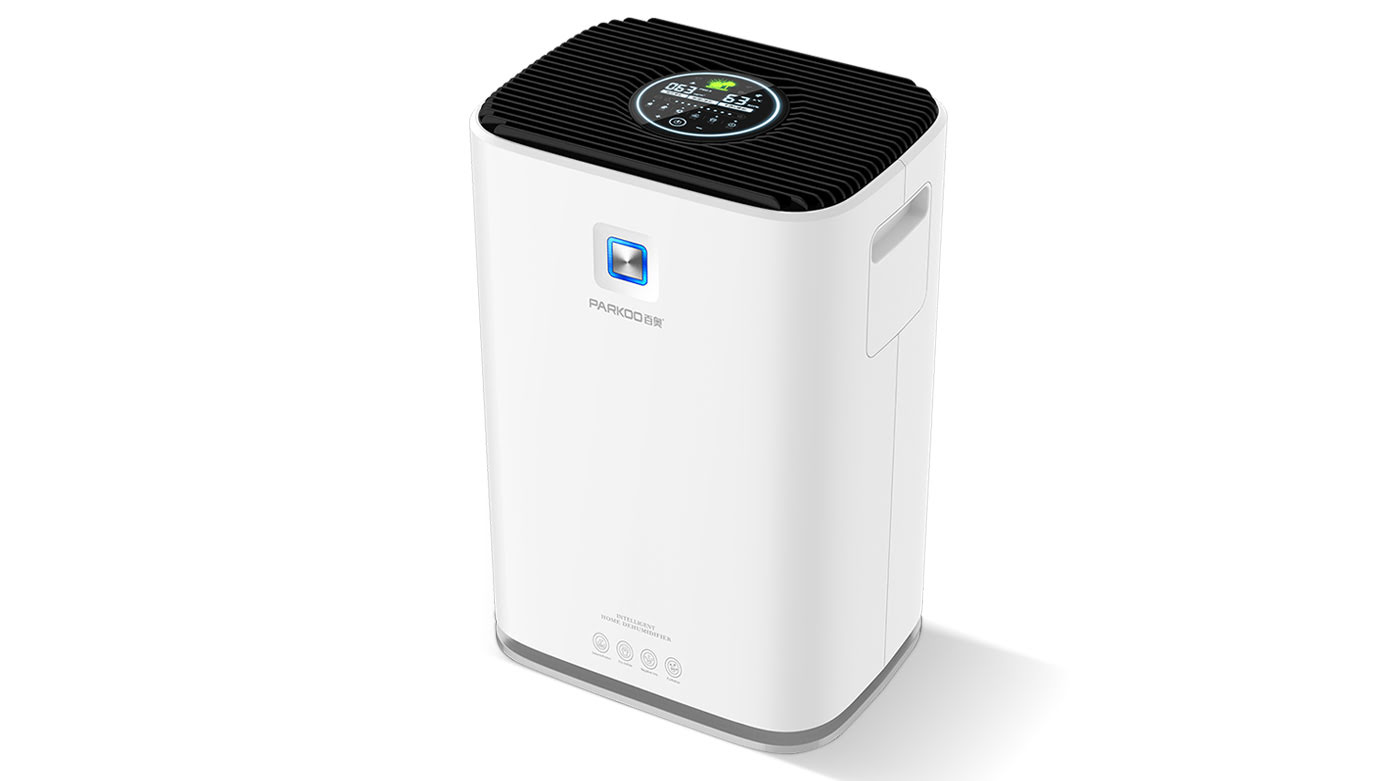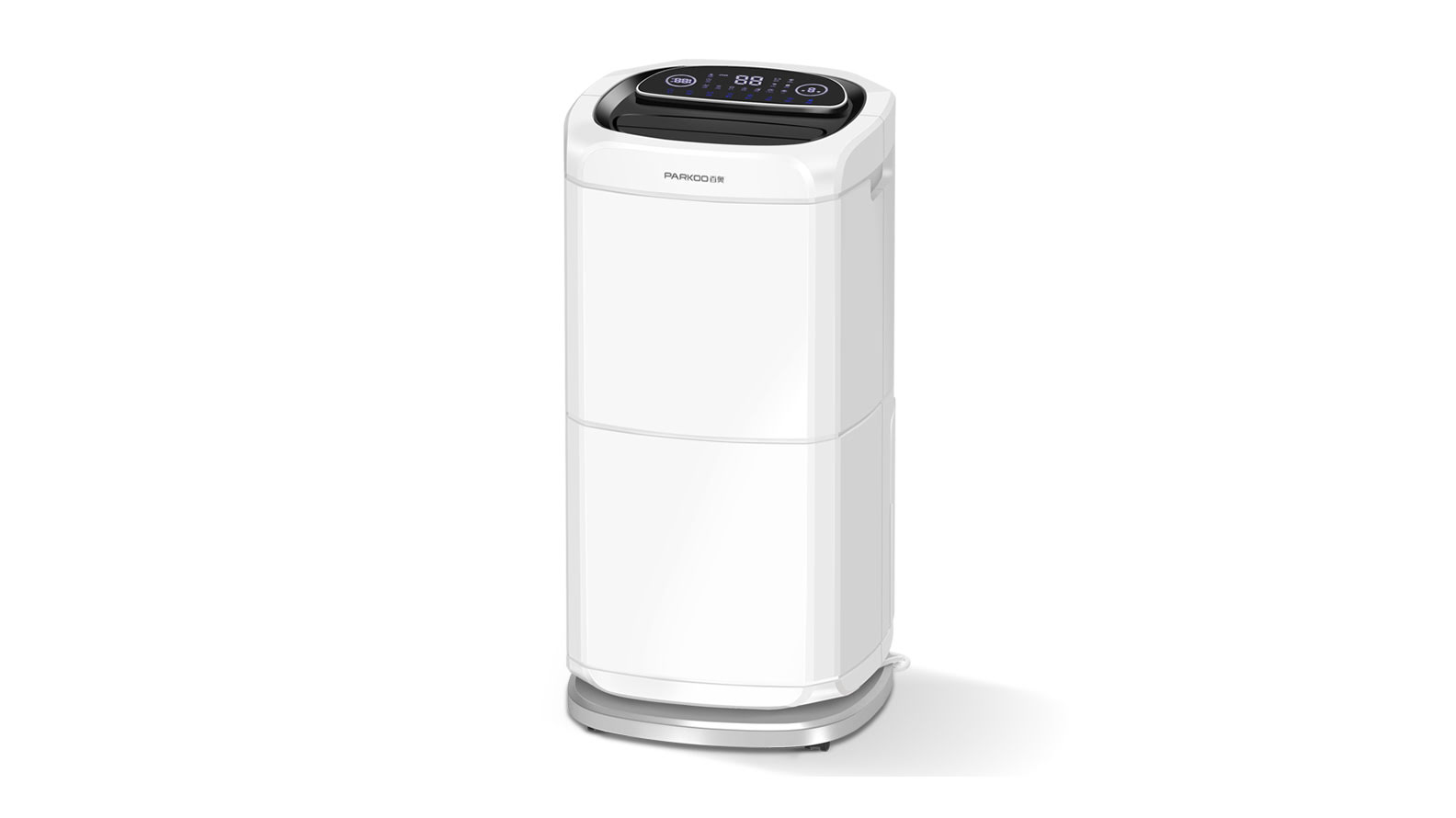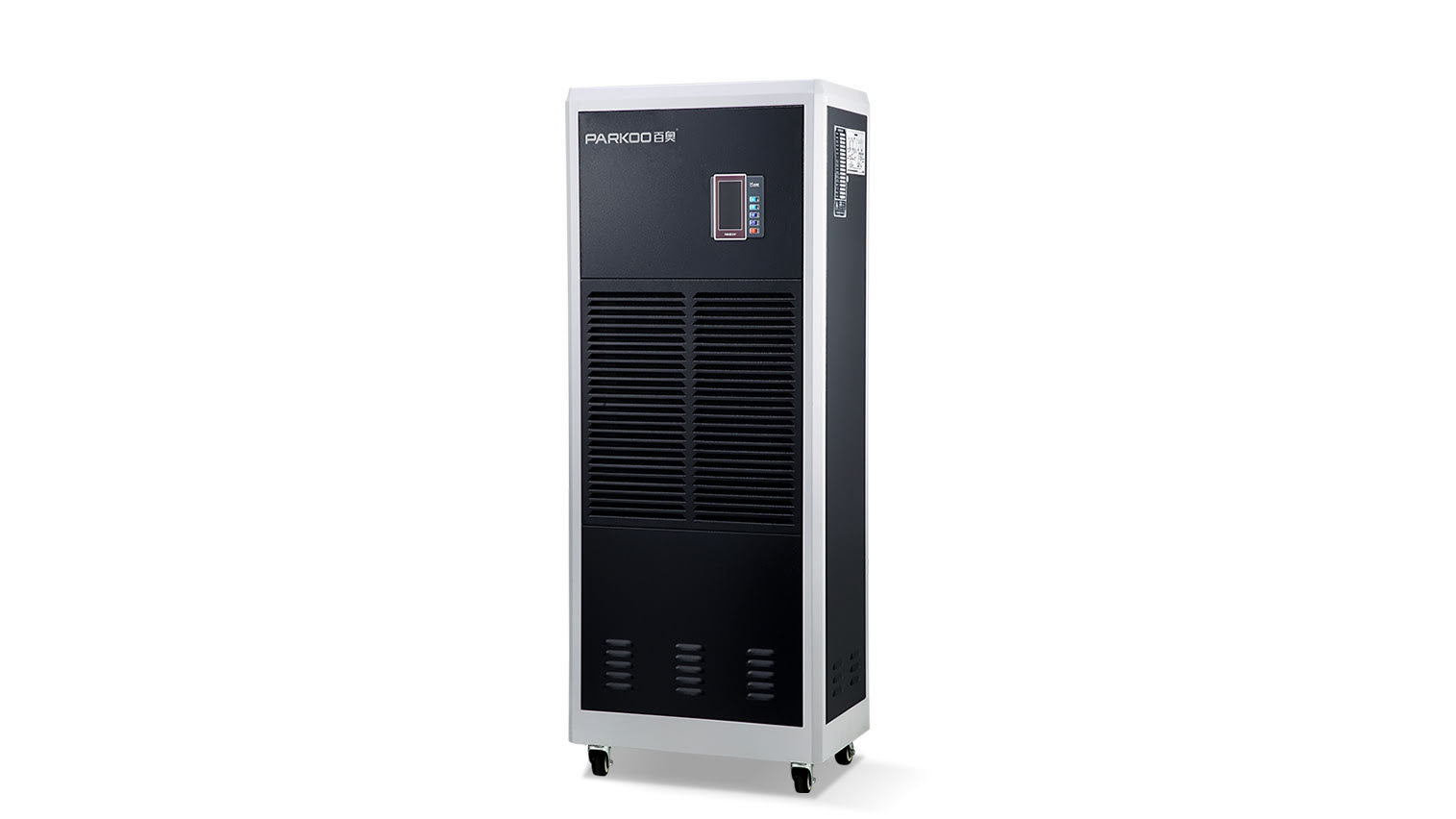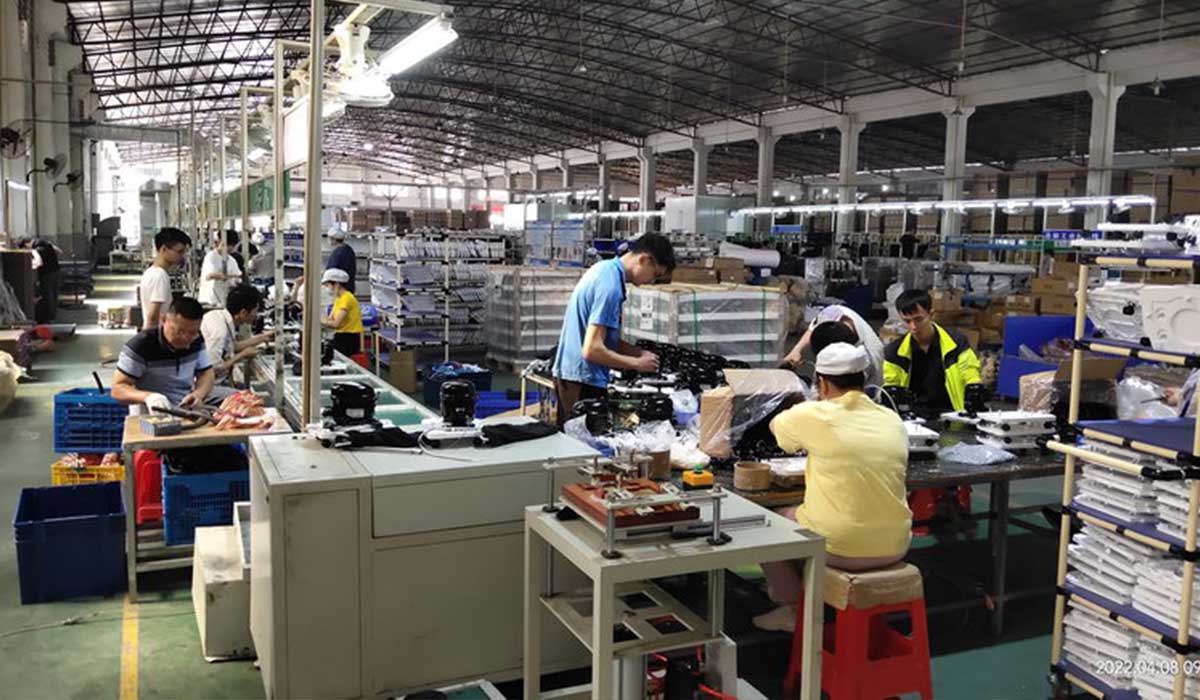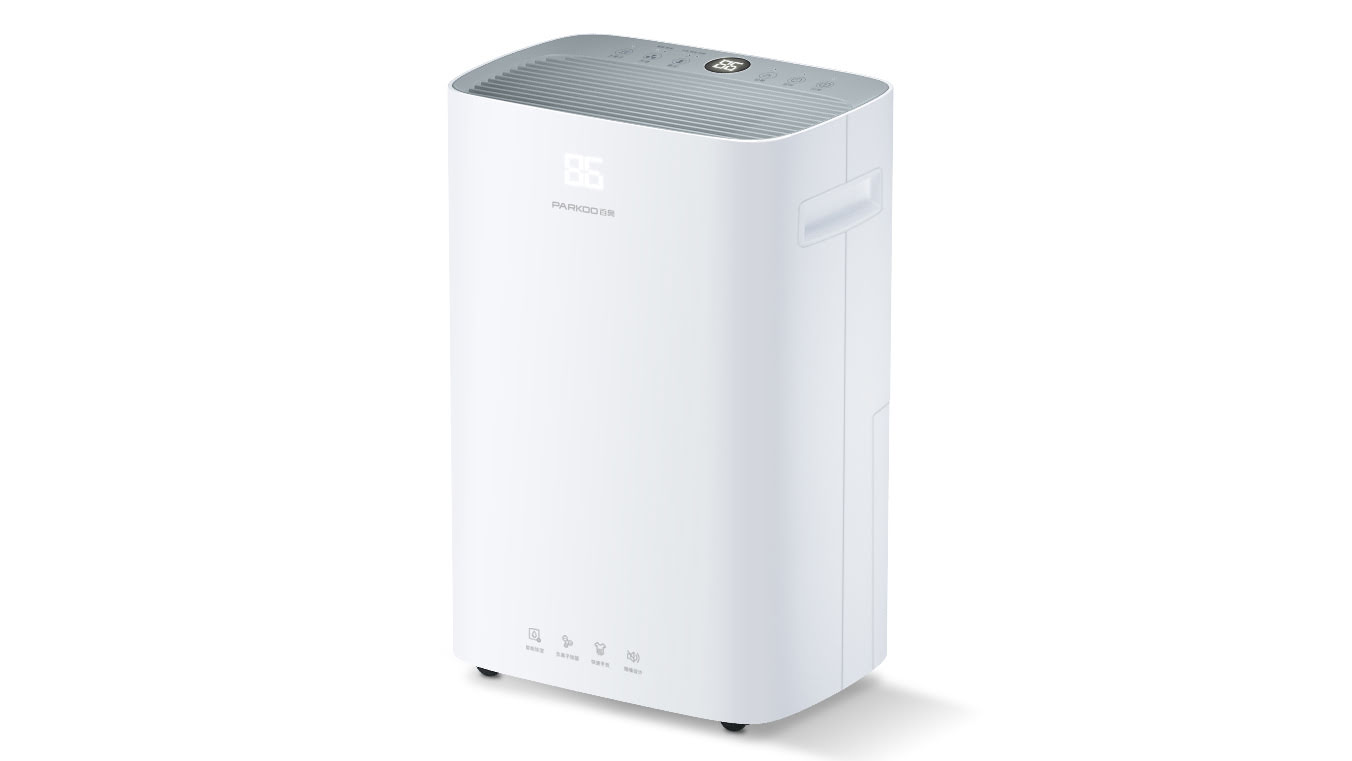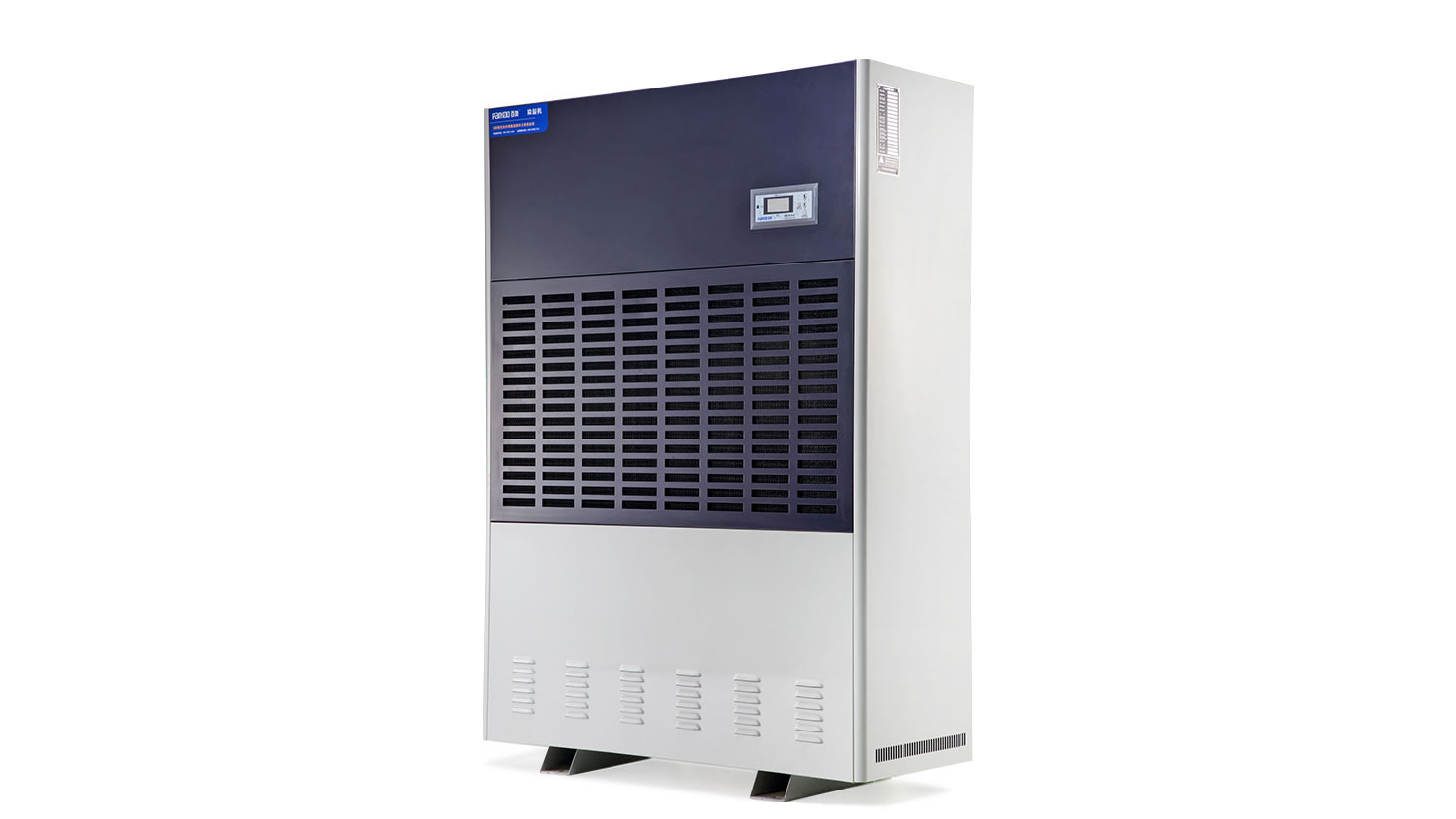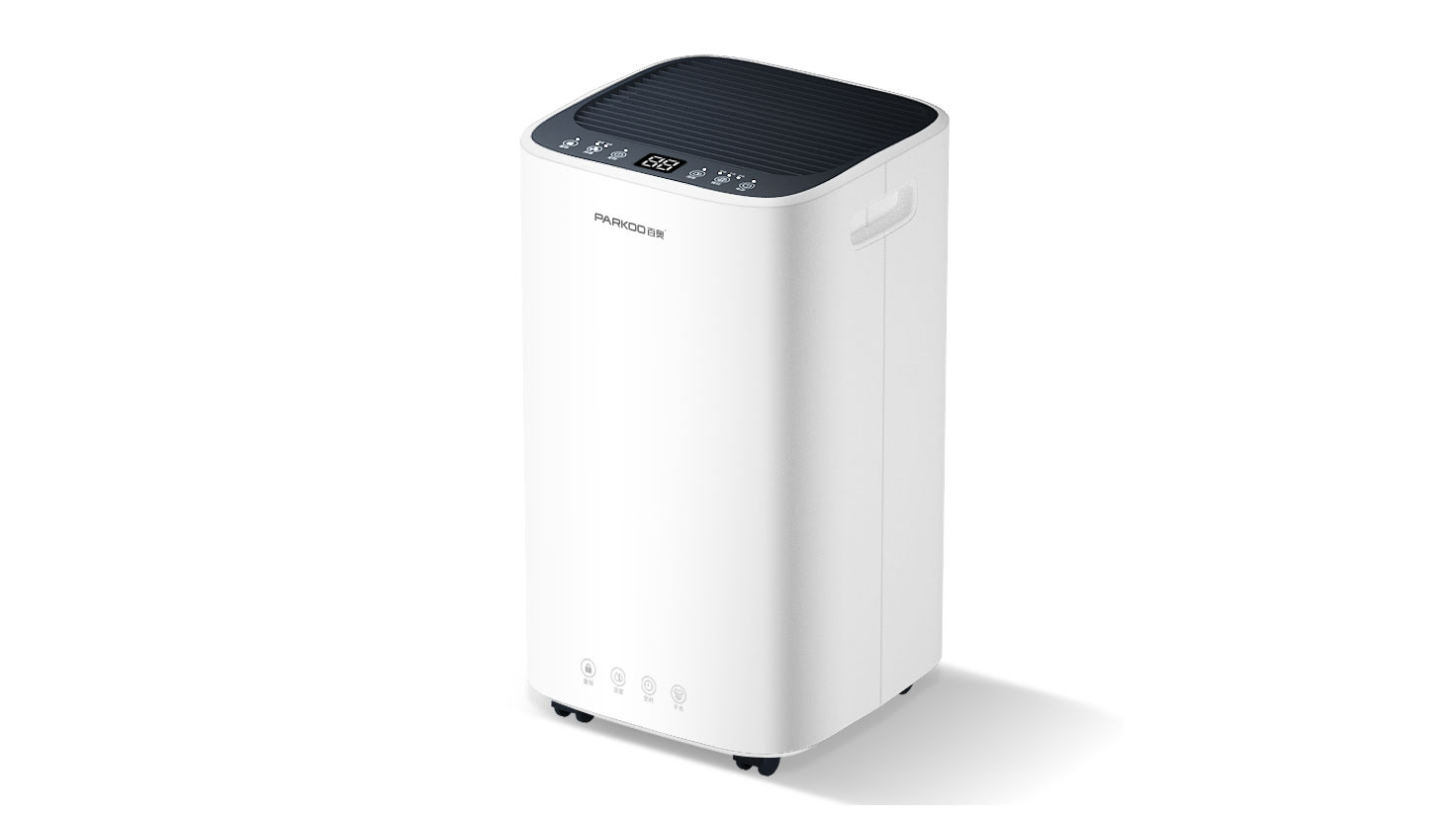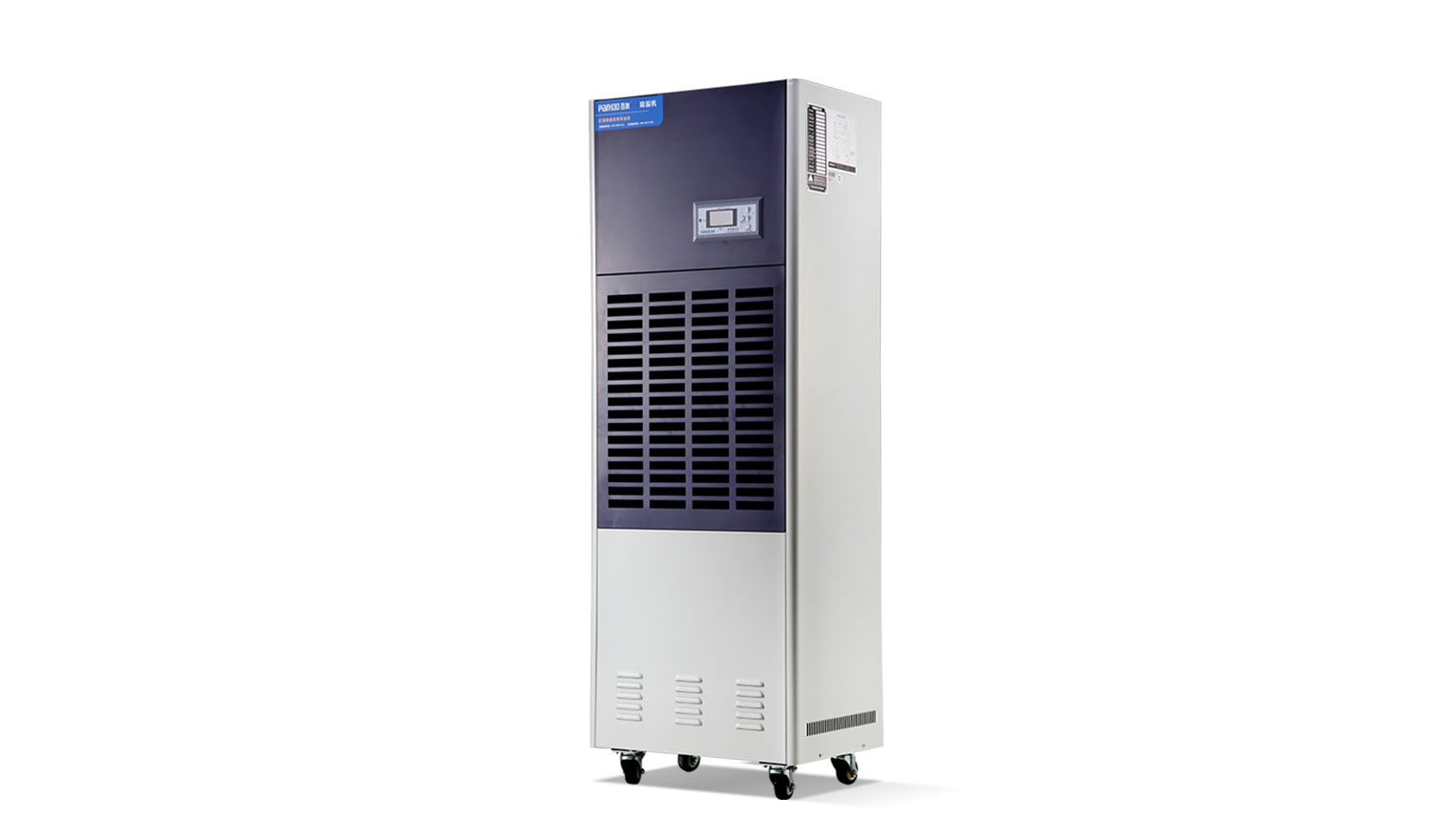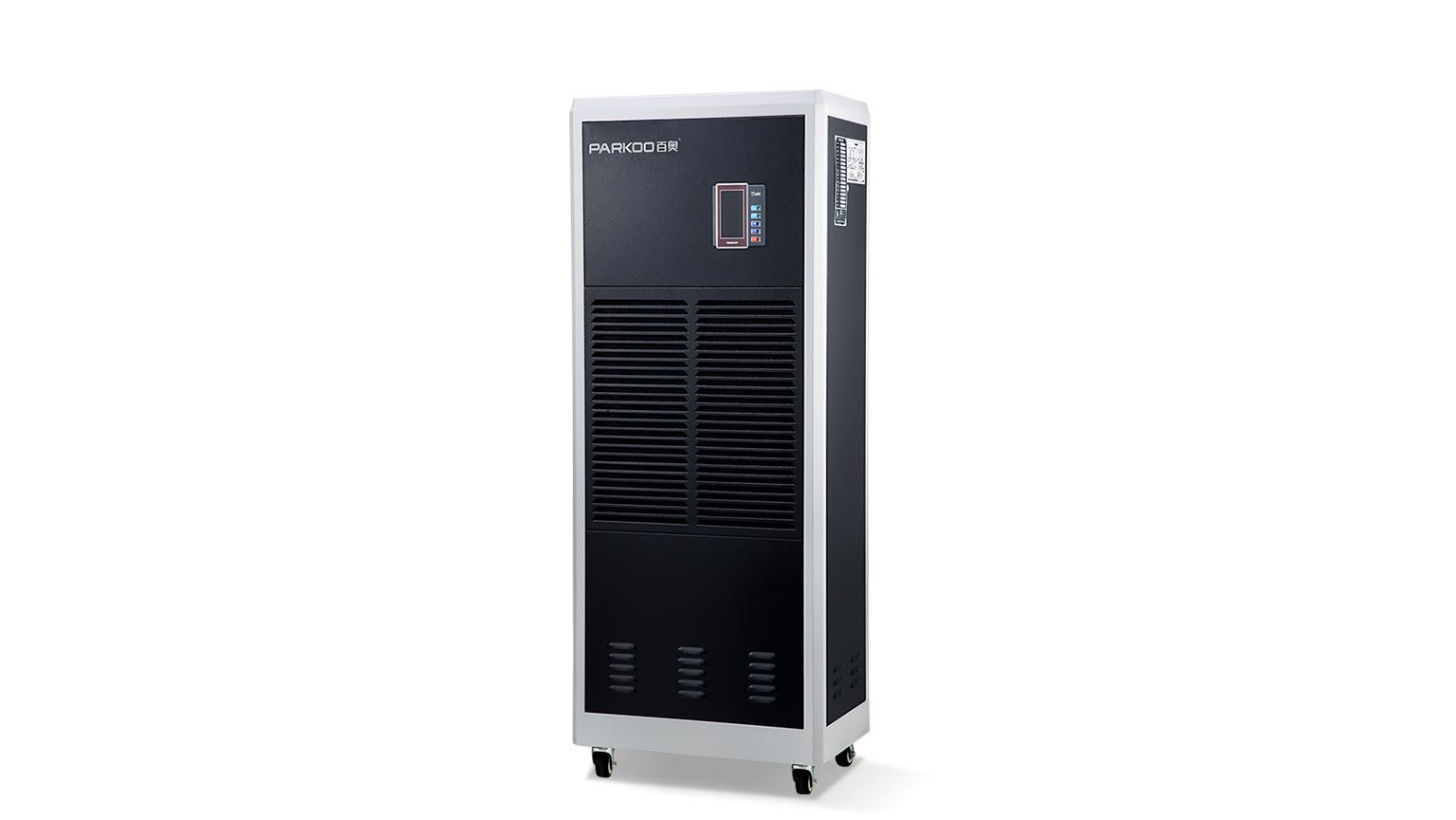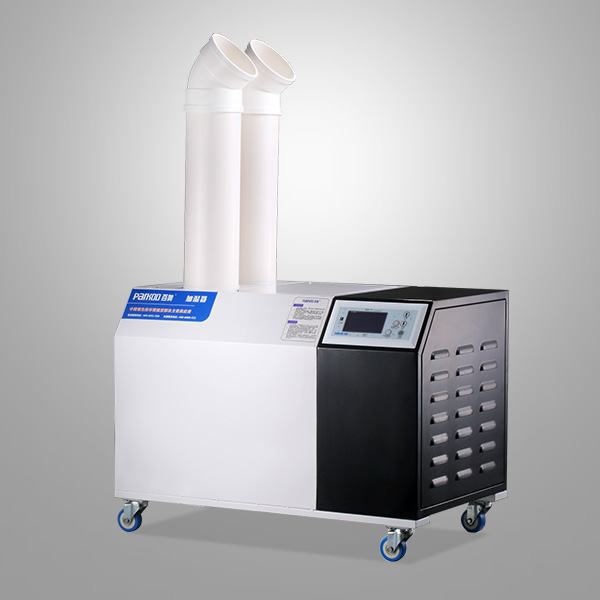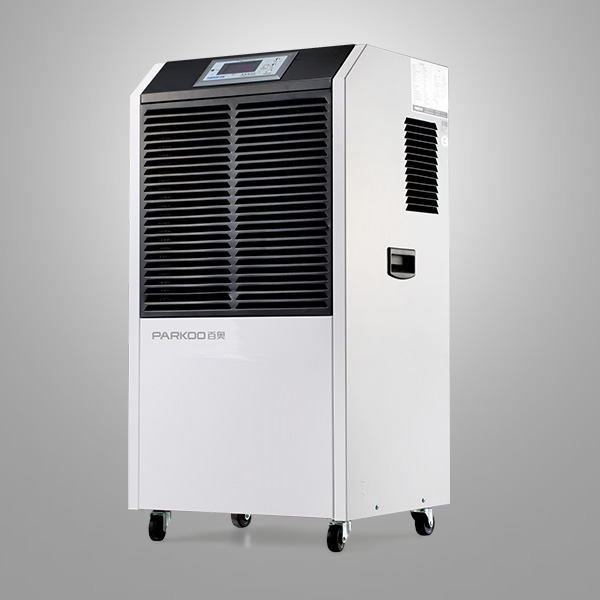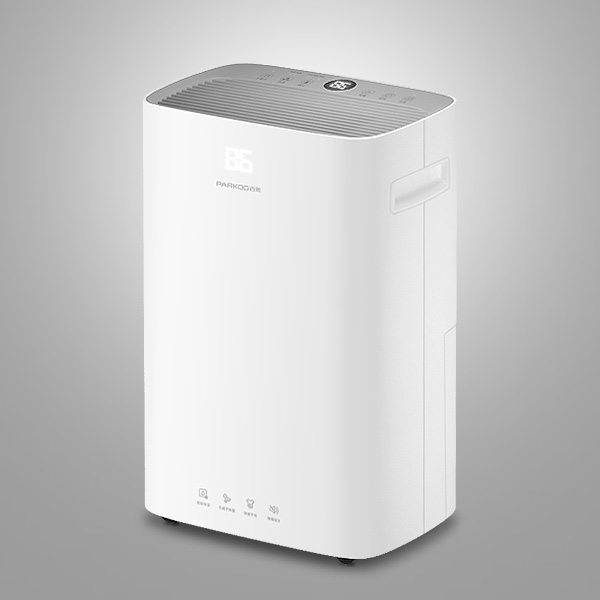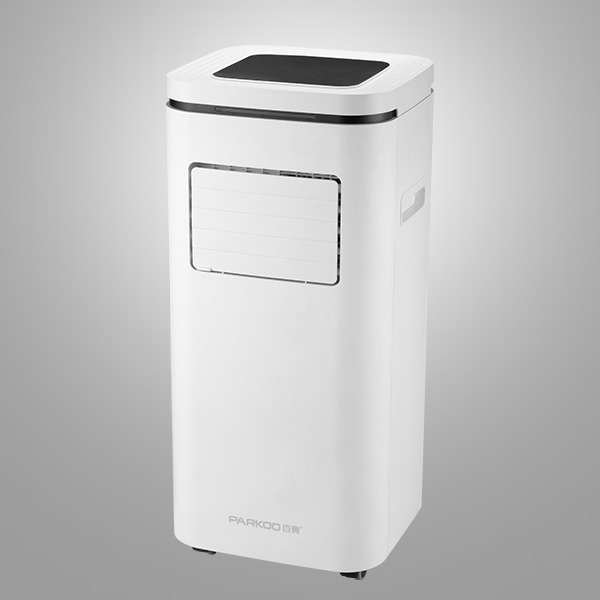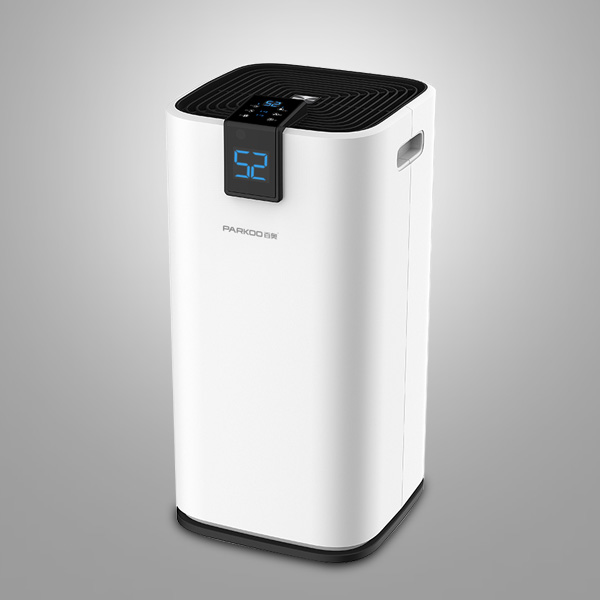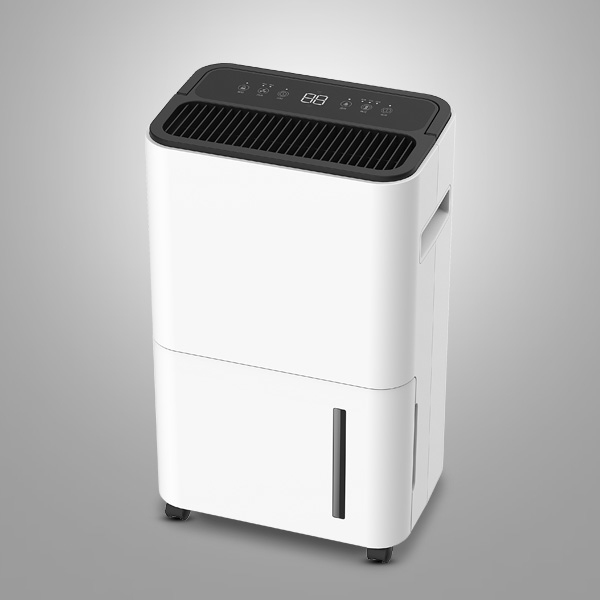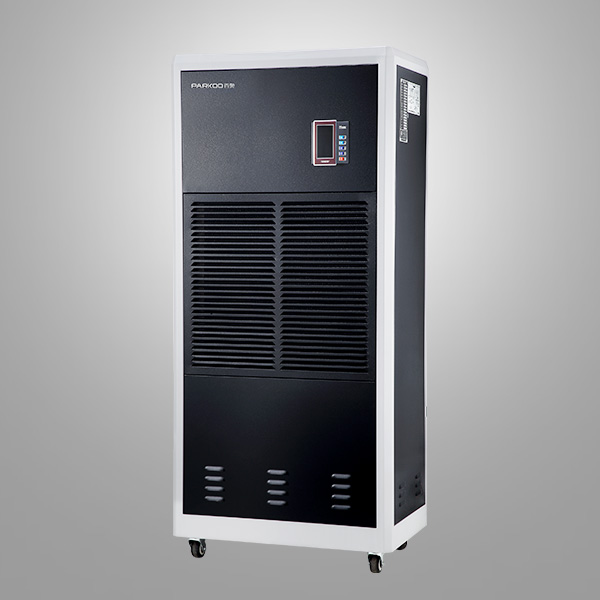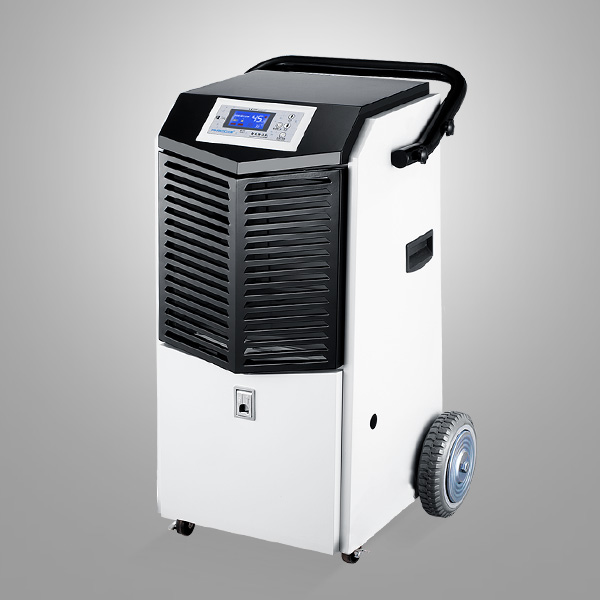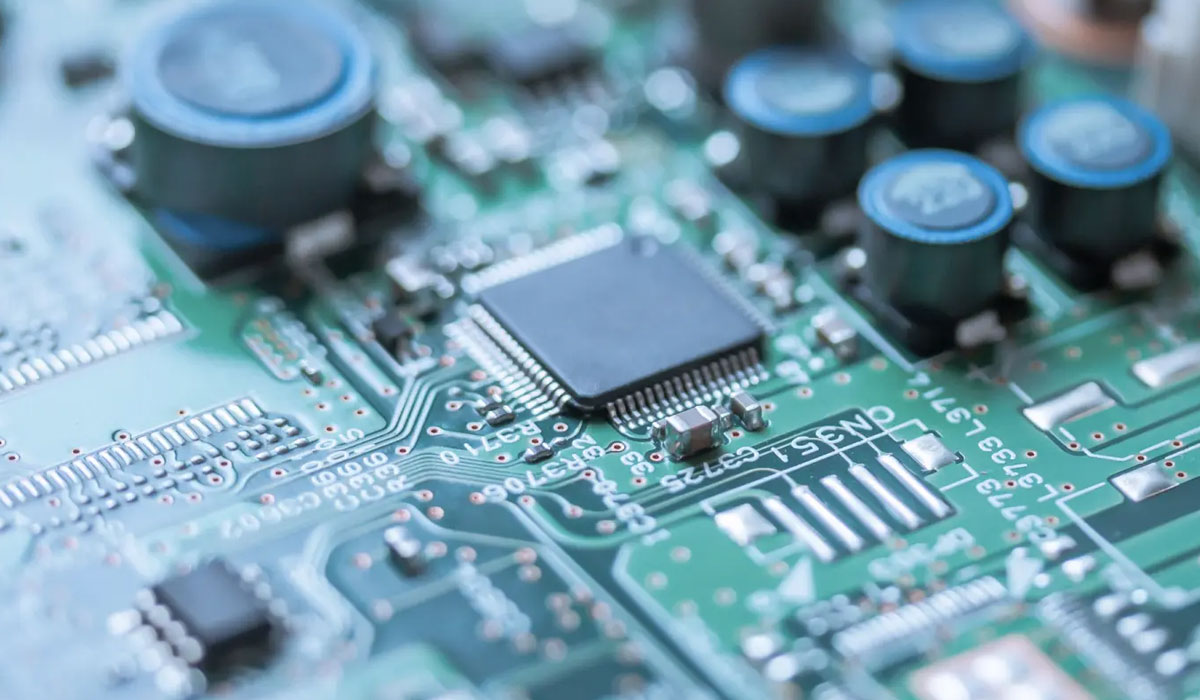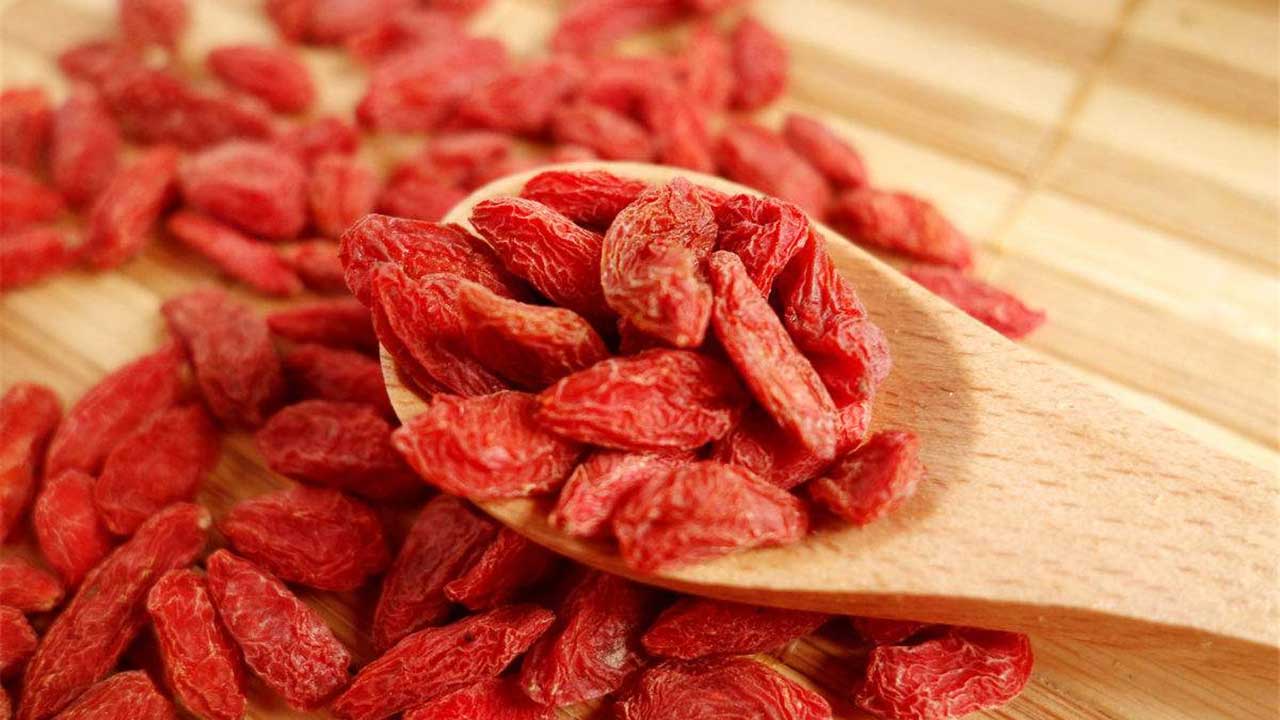With the improvement of people's living standards and the popularization of the national fitness awareness, the number of swimming pools is increasing. The water temperature of the swimming pool is generally 26~28 ℃, and the room temperature is 28~30 ℃. Because the amount of moisture dissipation of the pool water and surrounding wetlands is large, the relative humidity of indoor air is high, and the chlorine used for disinfection of the pool water is distributed, in order to ensure the health and comfort of swimmers, the key problem in the design of the swimming pool is to solve the problems of stuffiness, condensation, mildew and elimination of chlorine.
To solve these problems reasonably, first of all, thermal insulation and vapor isolation measures must be taken on the building to prevent condensation on the inner surface of the swimming pool peripheral structure in winter and the post condensation (for glass windows and roof skylights, condensation is often unavoidable). The reasonable design of ventilation air conditioning is the key to prevent stuffiness, condensation and mildew. There have been many literatures on how to solve the problems of muggy, dewing and mildew, so this article will not repeat them. This article only talks about the air treatment method for the design reference, and please criticize and correct the improper points.
1. Ventilation and dehumidification
Ventilation and dehumidification is the most common method. It is to discharge part or all of the indoor return air out of the room and supplement it with fresh air with low outdoor moisture content. The fresh air volume must meet the needs of eliminating residual humidity and chlorine. A double fan system is designed to adjust the return air volume, exhaust air volume and fresh air volume in proportion; It is also the simplest way to design multiple exhaust fans and turn on the number of exhaust fans as required.
The minimum fresh air volume is Lnew=G/(dn dww) Kg/h according to the calculation of eliminating residual humidity;
In the formula, L new -- the minimum fresh air volume (Kg/h) calculated according to the amount of residual humidity eliminated;
G -- Indoor moisture dissipation of swimming pool, g/h;
Dn -- moisture content of indoor air, g/Kg dry air;
dww -- outdoor air moisture content in winter, g/Kg dry air;
Because the outdoor air humidity dw is a variable, it increases with the increase of outdoor air temperature and relative humidity. It is suggested that the indoor air dew point temperature tNL should be taken as the temporary intermediate state of outdoor air temperature, that is, according to the local meteorological data, tW=tNL and the corresponding outdoor air relative humidity should be taken φ W. DWNL (e.g. tN=28 ℃, φ= 70%, tNL=22.2 ℃ in Hangzhou, taking tW=22.6 ℃, the corresponding φ W=80%, dWNL=13.65g/Kg) Lnew max=G/(dN dWNL) Kg/h; Take L new max as the design air volume of the system.
2. Ventilation and dehumidification are adopted. In summer, air conditioners are generally not provided. Recently, air conditioners are also provided, such as cabinet air conditioning units.
The pool side adopts floor heating, which is the best way to improve swimmers' comfort. When floor heating is adopted, the moisture dissipation of wetland will be improved, and the heat moisture ratio will be calculated ε The floor heating and heat dissipation part shall be deducted.
3. Temperature regulating dehumidifier method
The purpose of ventilation and dehumidification is to use the moisture content difference of indoor and outdoor air to achieve dehumidification. The moisture content of outdoor air changes with the change of outdoor climate, that is, the fresh air volume and exhaust volume are variables. With the increase of outdoor air moisture content, the fresh air volume and exhaust volume also increase, and the energy consumption is large, which should not be energy-saving.
Temperature regulation and dehumidification can effectively solve the dehumidification problem and recover part of the energy, which is energy-saving. In winter, the fresh air is preheated. The return air is cooled and dried by the evaporator of the dehumidifier, heated by the condenser, mixed with the fresh air and return air, and then heated by the air heater or surface cooler and sent into the room. In summer, the return air is cooled and dried by the evaporator of the dehumidifier, mixed with outdoor fresh air, and then sent indoors through the surface cooler for cooling and drying. The condensation heat in summer shall be taken away by cooling water.
4. Heat recovery method
Heat recovery air conditioning dehumidification. In winter, fresh air recovers part of the energy in the exhaust air for heating, and then mixes with indoor return air, which is heated by the surface cooler and sent indoors. In summer, fresh air recovers part of the cooling capacity in the exhaust air for cooling, then mixes with indoor return air, and then is sent into the room through surface cooler for cooling and drying. Four air treatment methods are discussed in this paper. According to different specific conditions, other air treatment methods can be derived.
